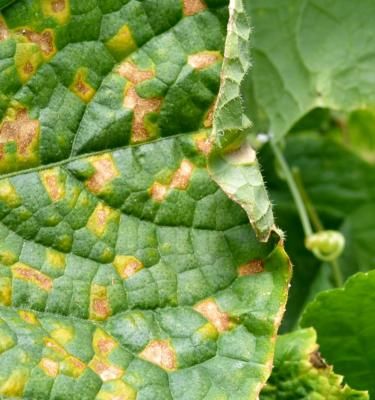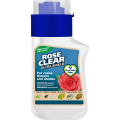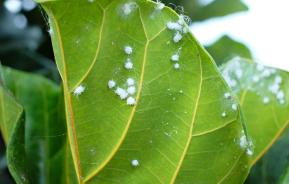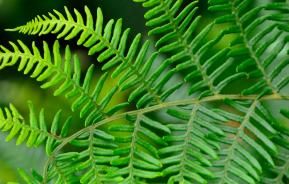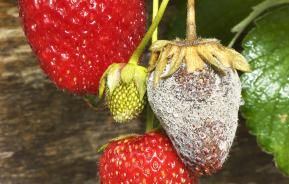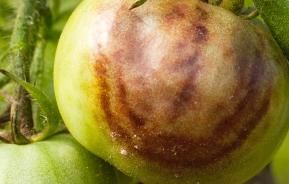Downy mildews are caused by fungus-like organisms that attack the leaves and other above-ground parts of plants. There are several different types and most are specific to 1 group or 1 type of plant.
Description
Downy mildews, unlike powdery mildew that needs warm, dry conditions, thrive in cool, moist, damp conditions and loves young and unhealthy plants, or those under stress.
Some downy mildew simply cause leaves and stems to turn yellow, while others can prevent plants from flowering. Onion downy mildew, on the other hand, damages the foliage and the bulbs, resulting in loss of yield or even complete crop failure.
Plants affected by downy mildews include brassicas, Impatiens, lettuce, onions, peas and pansies.
Symptoms
Generally, the upper leaf surfaces develop yellowy, discoloured patches, which can extend across large areas of the leaf. These patches are matched on the underside of the leaf by areas of fuzzy white or greyish, fungal growth, which may turn purple as they age.
Treatment and control
Remove and destroy all infected parts of the plant as soon as symptoms are seen, including any foliage on the ground.
Unfortunately, it is best to destroy severely affected plants.
As downy mildew like moist conditions, avoid dense planting and control weeds, to provide good air circulation around the plants.
Water plants early in the morning, like watering plants in the evening, leads to high humidity that persists throughout the night.
Chemical control
There are no fungicides available to home gardeners for use against downy mildews.
